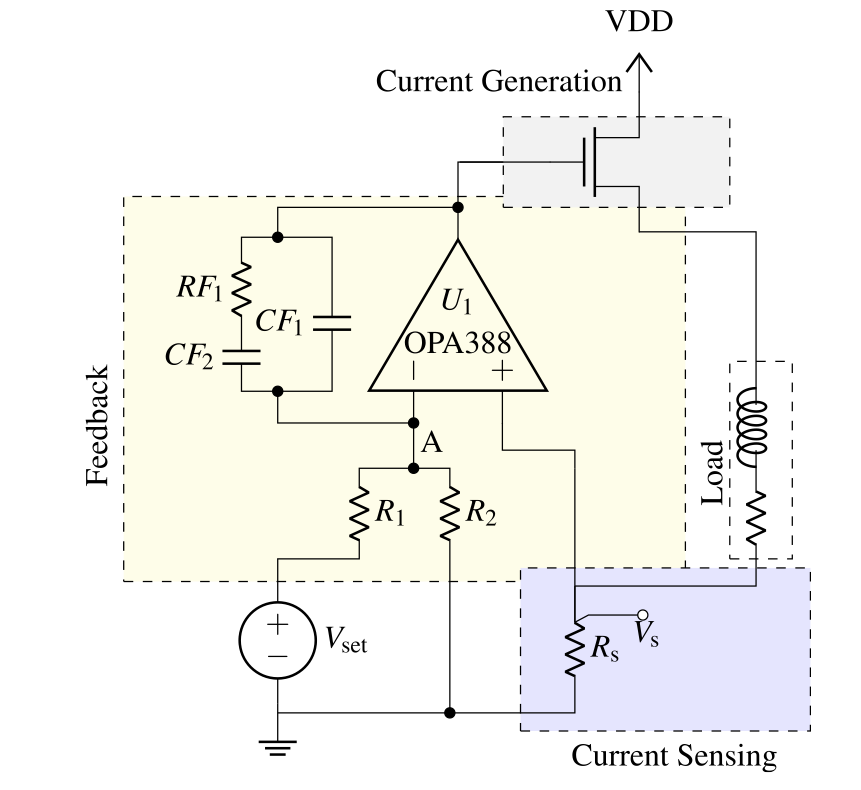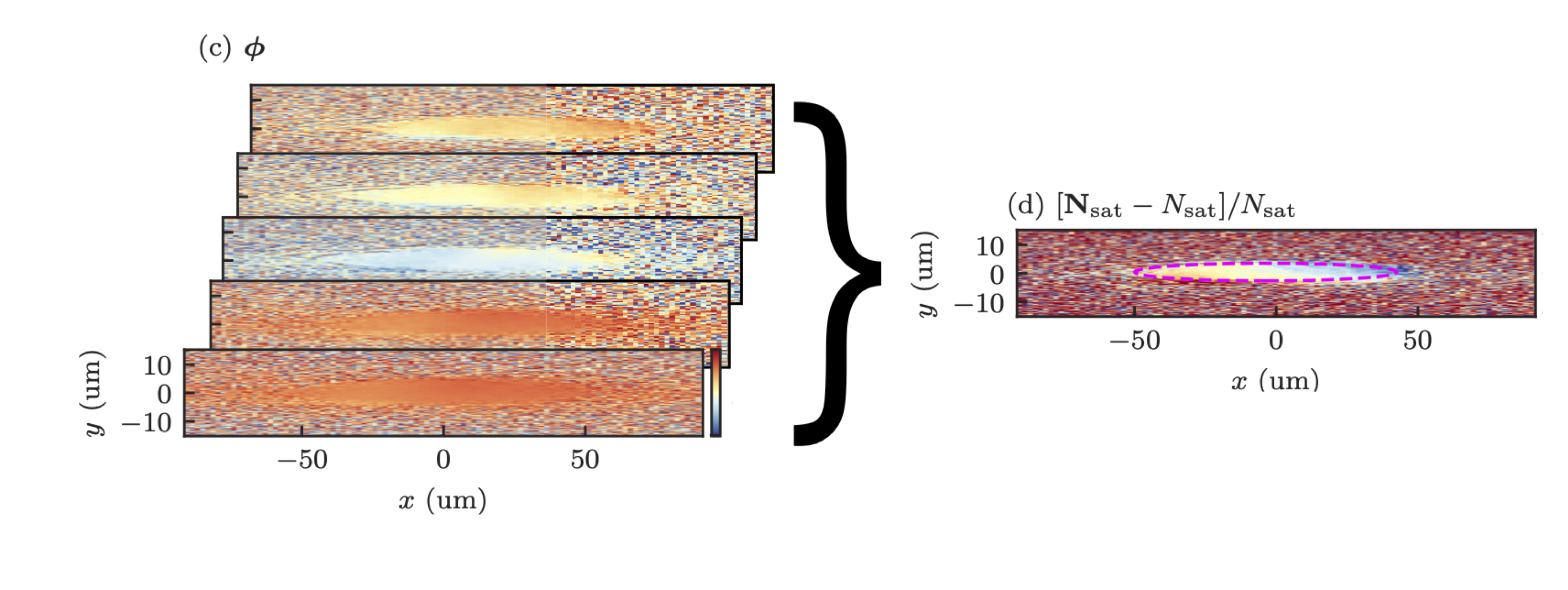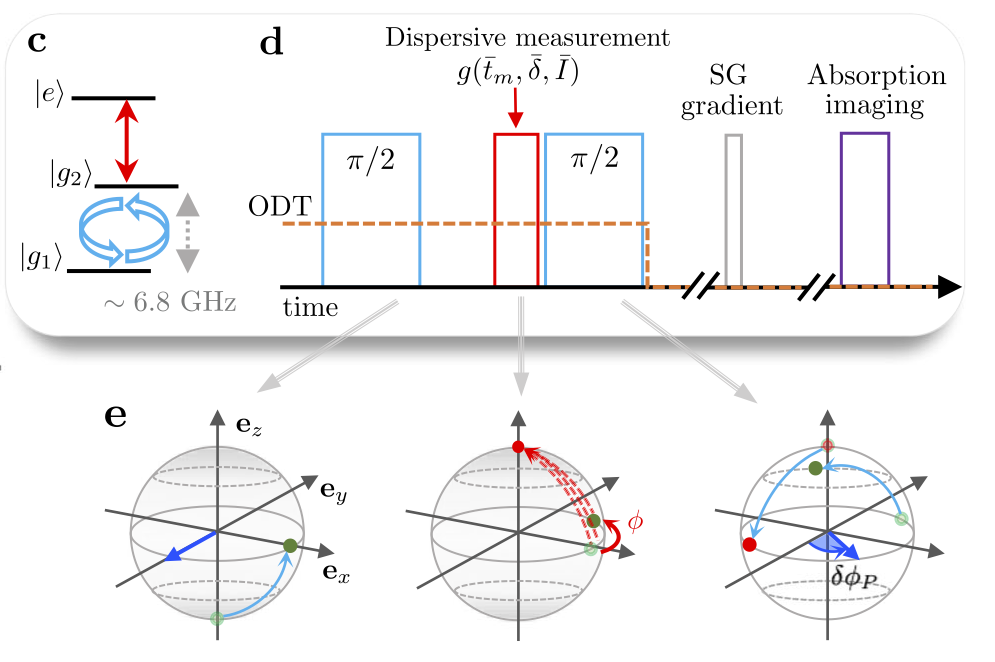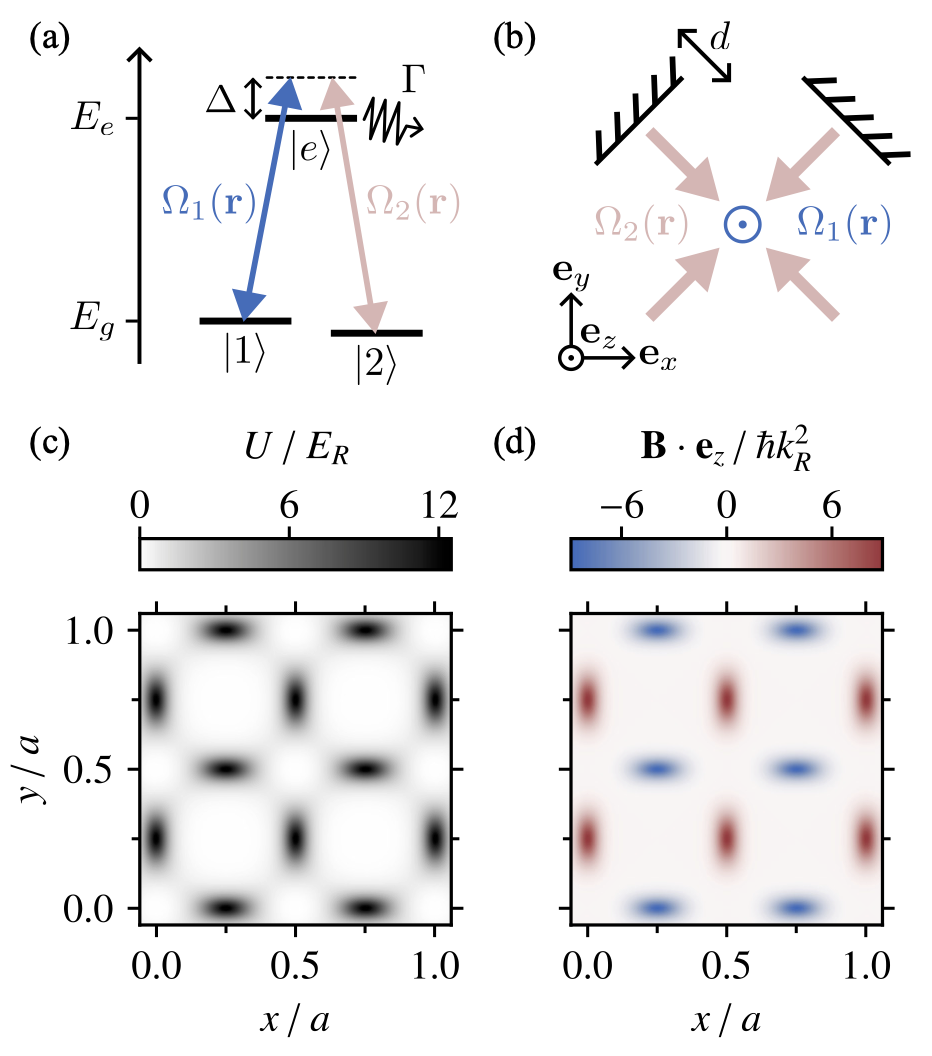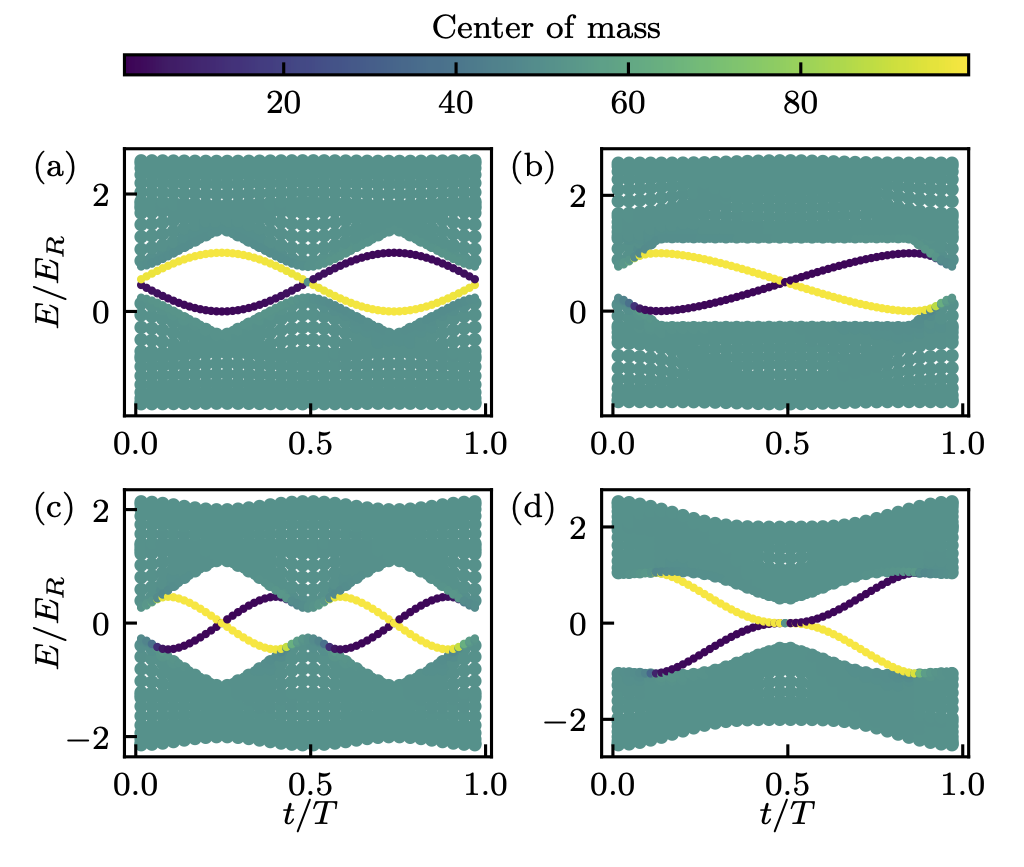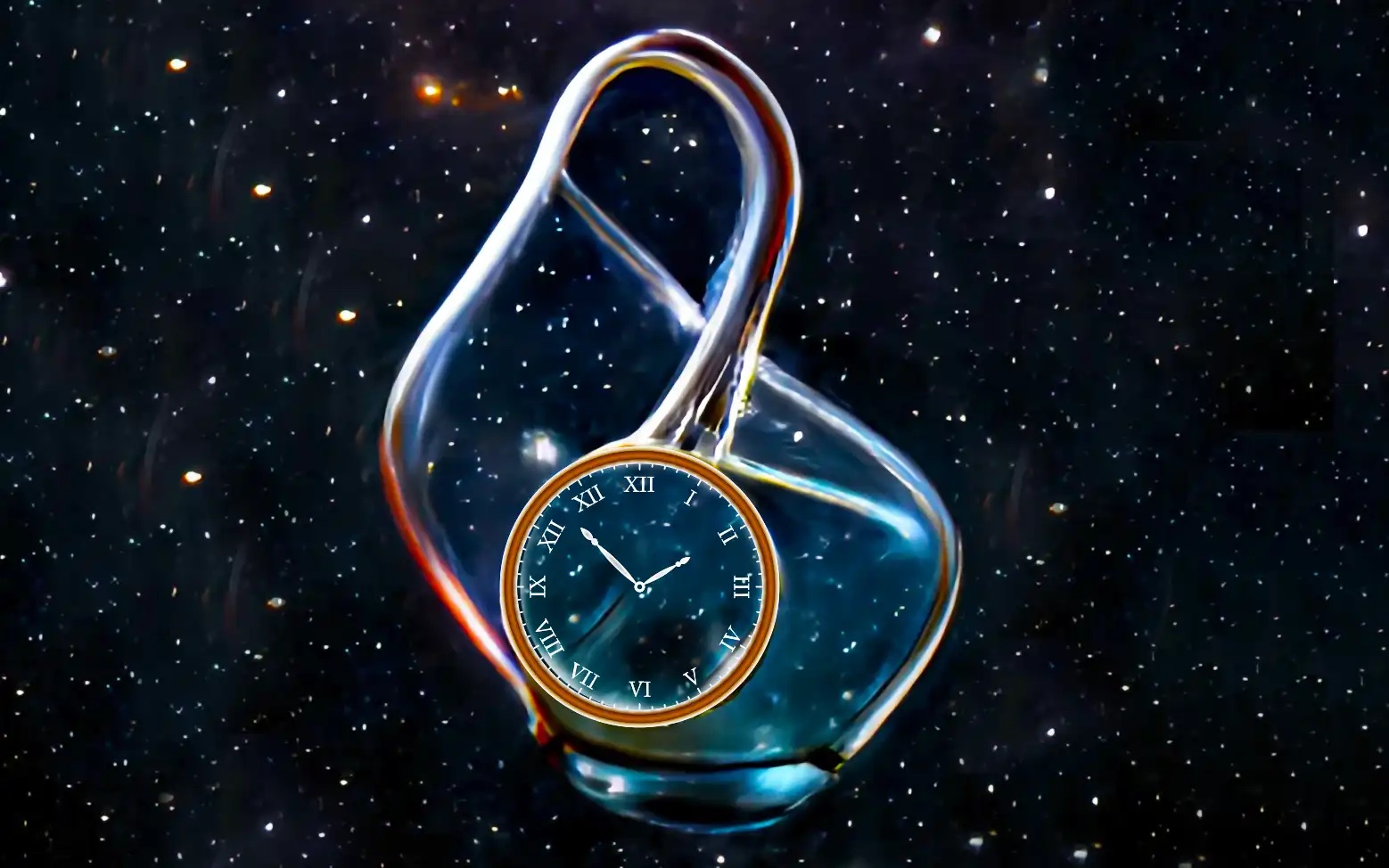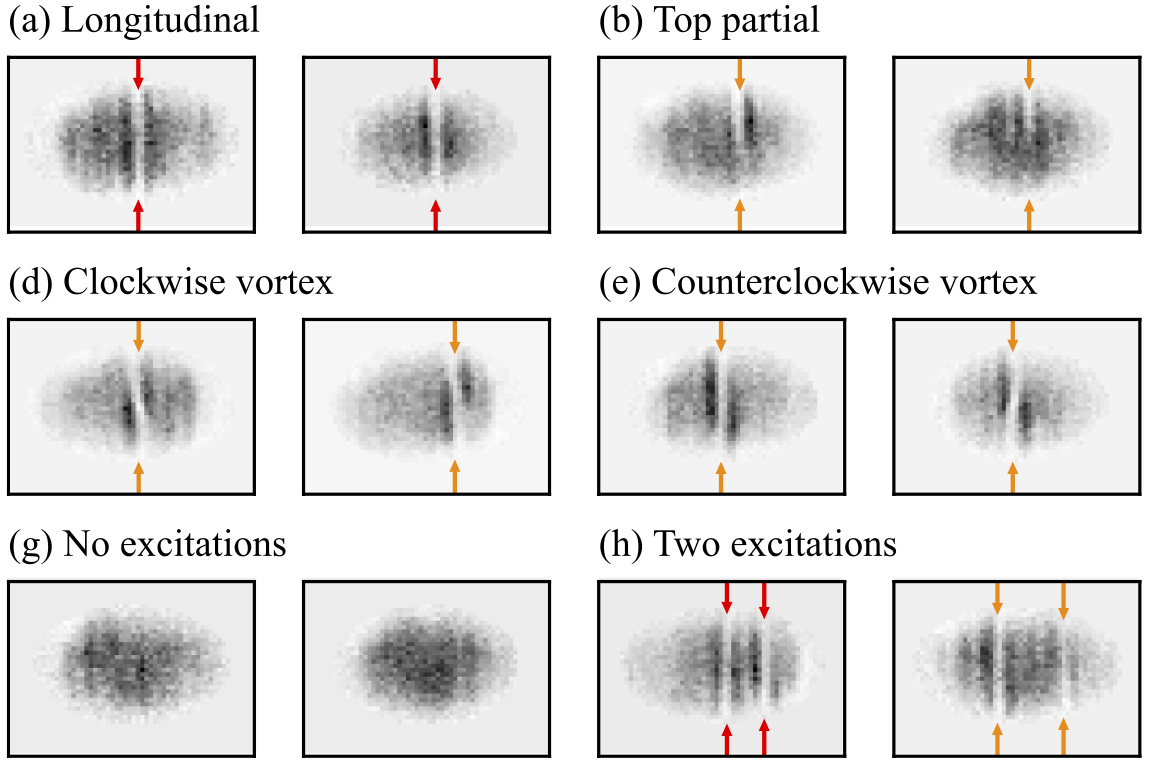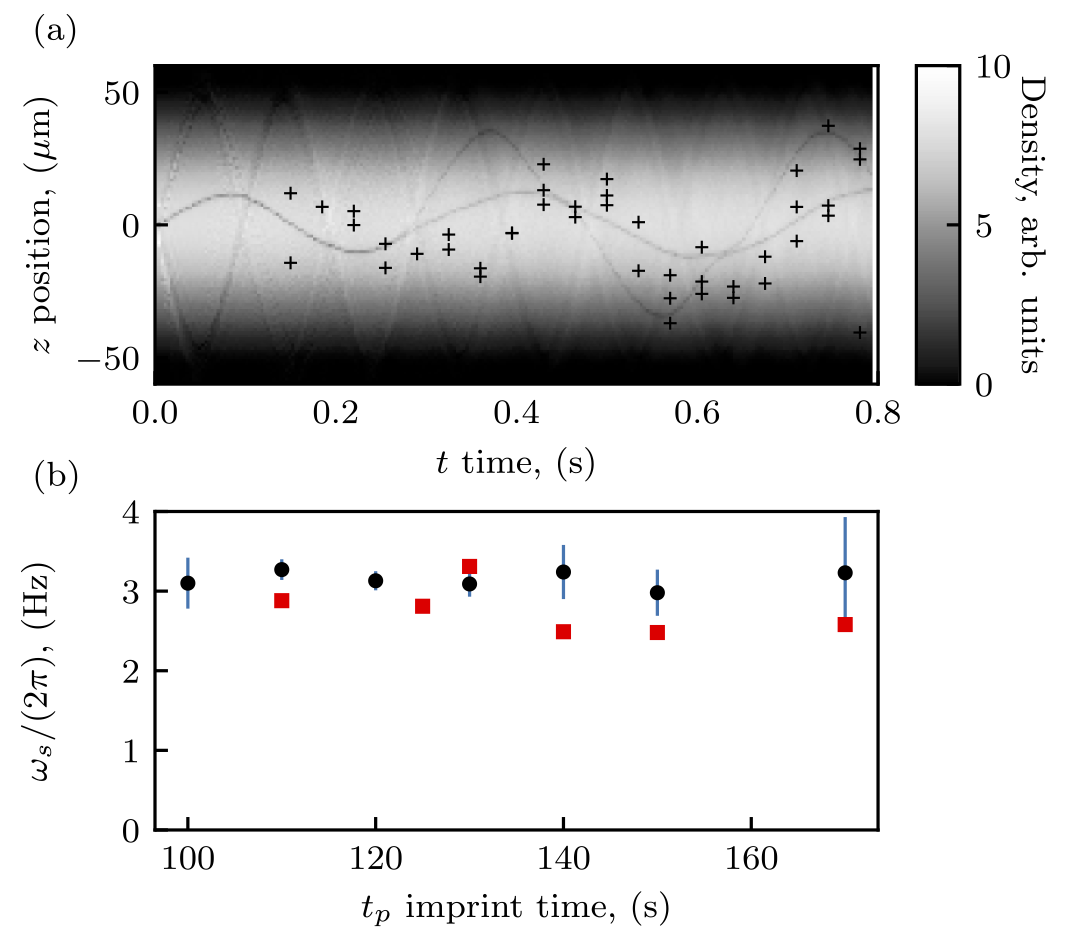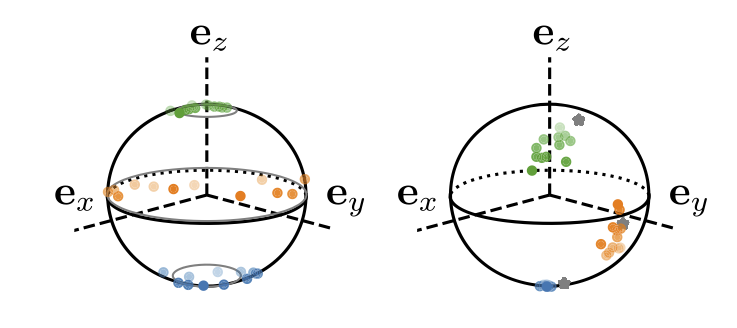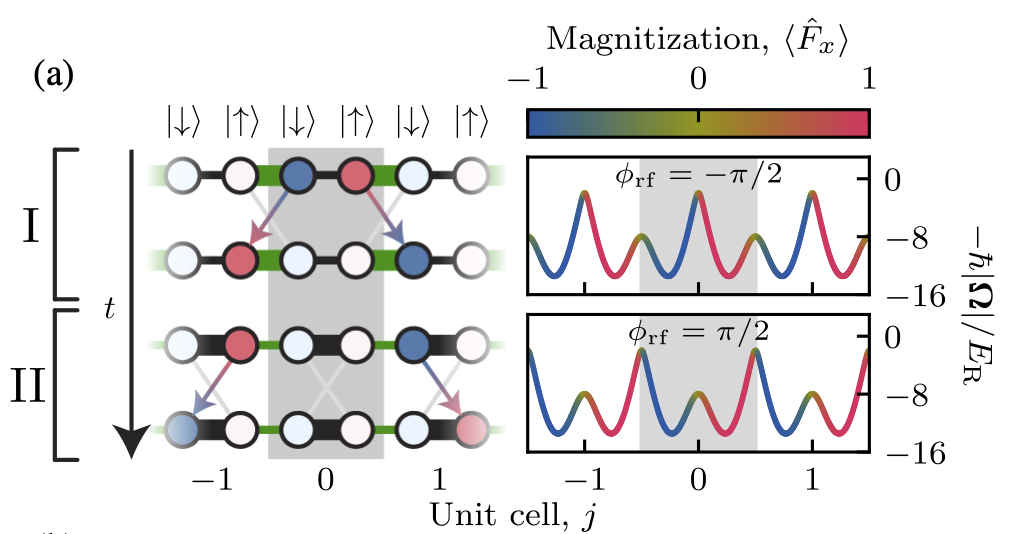A 20 A bipolar current source with 140 μA noise over 100 kHz bandwidth
The precise control of direct current (dc) magnetic fields is crucial in a wide range of experimental platforms, from ultracold quantum gases and nuclear magnetic resonance to precision measurements. In each of these cases, the Zeeman effect causes quantum states …
A 20 A bipolar current source with 140 μA noise over 100 kHz bandwidth Read more »

